Wyoming’s Pronghorn Migration Corridor Gains Support Amid Ongoing Industry Concerns
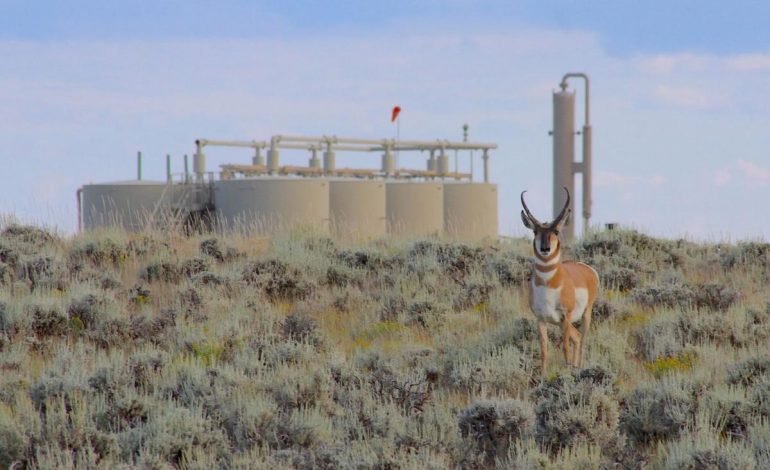
A proposal to formally designate the Sublette Antelope Migration Corridor — a critical pronghorn route through western Wyoming — is gaining widespread public and expert support, but still faces procedural hurdles and industry pushback as it moves through a complex approval process, Casper Star-Tribune reports.
The proposed designation would mark Wyoming’s first new migration corridor in over six years, offering formal recognition and some protections to a 165-mile-long stretch used by pronghorn as they move between winter range near Interstate 80 and summer grounds in Grand Teton National Park. The pathway, commonly known as the “Path of the Pronghorn,” is considered one of the most well-documented and iconic wildlife migration routes in the Lower 48.
Hundreds of public comments submitted in recent weeks overwhelmingly urged the Wyoming Game and Fish Commission to approve the designation. According to records obtained through a public request, nearly every respondent answered “yes” when asked whether the commission should recommend corridor designation to the governor.
Among the supporters is retired Wyoming Game and Fish sage grouse biologist Tom Christiansen, who questioned the delay.
“If we fail to designate the Sublette Antelope Corridor, what is the point of the Executive Order?” he wrote, referencing the 2019 directive from Gov. Mark Gordon that created the state’s current corridor designation process.
The governor’s executive order, which was initially prompted by industry concerns, shifted decision-making authority away from Game and Fish and implemented a more layered system. That process includes several stages of review, beginning with the commission and ultimately ending with the governor’s final approval.
Although the corridor designation had been scheduled for consideration at the commission’s July meeting in Casper, it has been postponed until September in Lander, Game and Fish officials confirmed.
While support for protecting the corridor is broad among the public and conservation groups, some industry representatives remain hesitant.
The Petroleum Association of Wyoming, for example, reiterated concerns about the adequacy of scientific data supporting designation. In a letter, the organization called for further study of how the oil and gas sector may benefit migrating wildlife. The group cited observations that rehabilitated wellpads, which are often seeded with flowering plants, may provide forage for ungulates like pronghorn.
Other groups have signaled more nuanced positions. The Wyoming Stock Growers Association expressed support for designating the main segments of the corridor but recommended excluding more peripheral areas from the current plan. The group suggested that some segments — such as Calpet and Red Desert — be reconsidered or removed from designation consideration entirely.
The Sublette Corridor crosses areas that include major natural gas fields like the Jonah and Pinedale Anticline projects. Past studies involving GPS-collared animals have shown that pronghorn often avoid heavily developed areas, which has fueled ongoing concerns about habitat fragmentation and long-term population health.
Despite mixed views among stakeholders, conservation advocates argue that designation is critical to protect an ecologically significant migration route that has received national attention.
“Our pronghorn have been celebrated in the pages of Smithsonian, National Geographic, and by David Attenborough himself,” wrote Linda Baker, director of the Upper Green River Alliance. “But promises, money and words alone will not maintain this pronghorn herd. Only action at this critical time can do that.”
Designation would offer specific protections at bottlenecks — narrow parts of the corridor that are particularly vulnerable to disruption. These bottlenecks make up a small portion of the overall 2.6-million-acre corridor, and protections only apply to public lands. About half of the bottleneck areas fall on private lands and are excluded from the designation’s reach.
Even if the Game and Fish Commission votes to approve the designation in September, the process is far from over. Governor Gordon would then have the option to convene a working group of stakeholders — including county officials, landowners, conservationists, and energy representatives — who would conduct a final review and issue a recommendation. The final decision would rest again with the governor or, potentially, a future administration.
The debate over the Sublette corridor comes amid broader efforts across the West to protect migratory wildlife pathways, which are increasingly impacted by energy development, fencing, and human activity. In Wyoming, the executive order that governs migration corridors remains a source of contention, with some questioning whether it facilitates or impedes protection efforts.
For now, supporters of the Sublette designation remain hopeful that the state will act.
“In sum, you cannot designate soon enough,” wrote Pinedale resident Carmel Kail, pointing to recent leasing decisions near key migration areas as examples of what’s at stake.

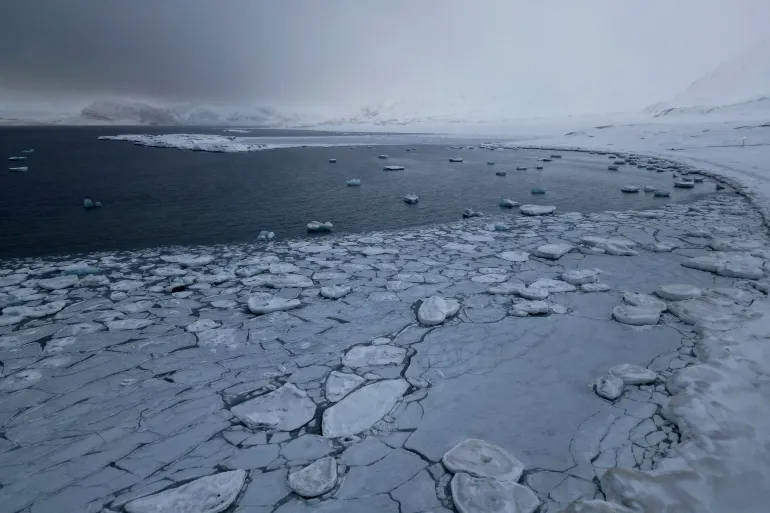
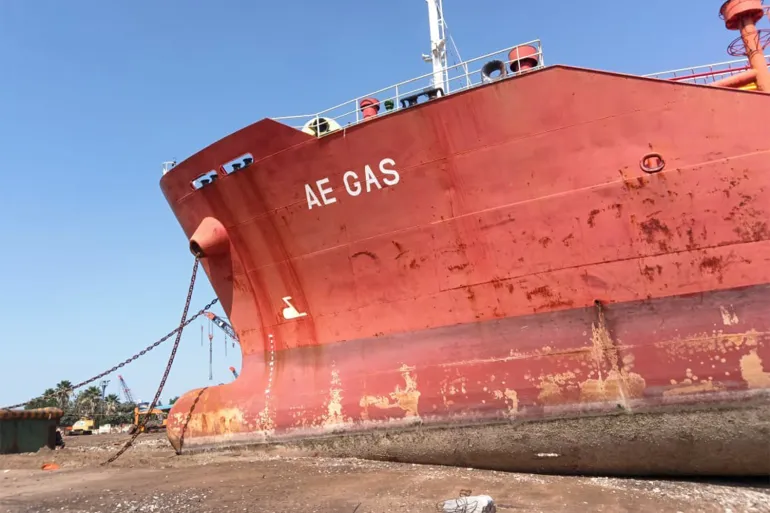
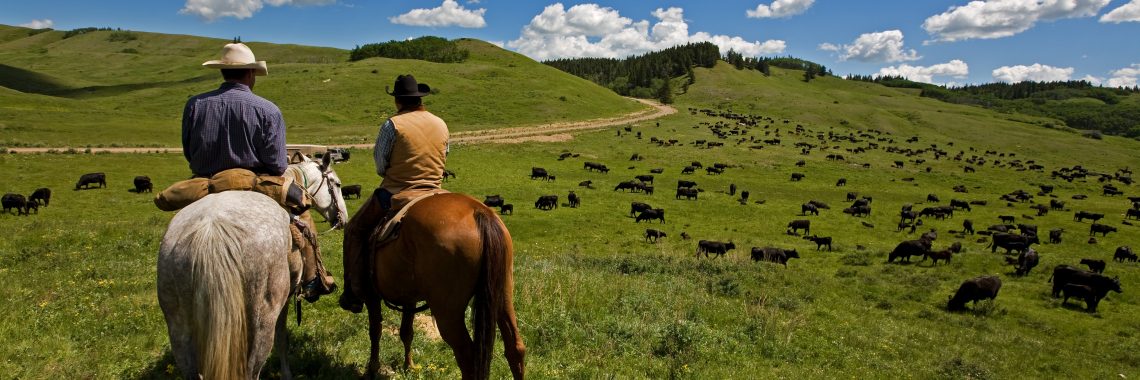



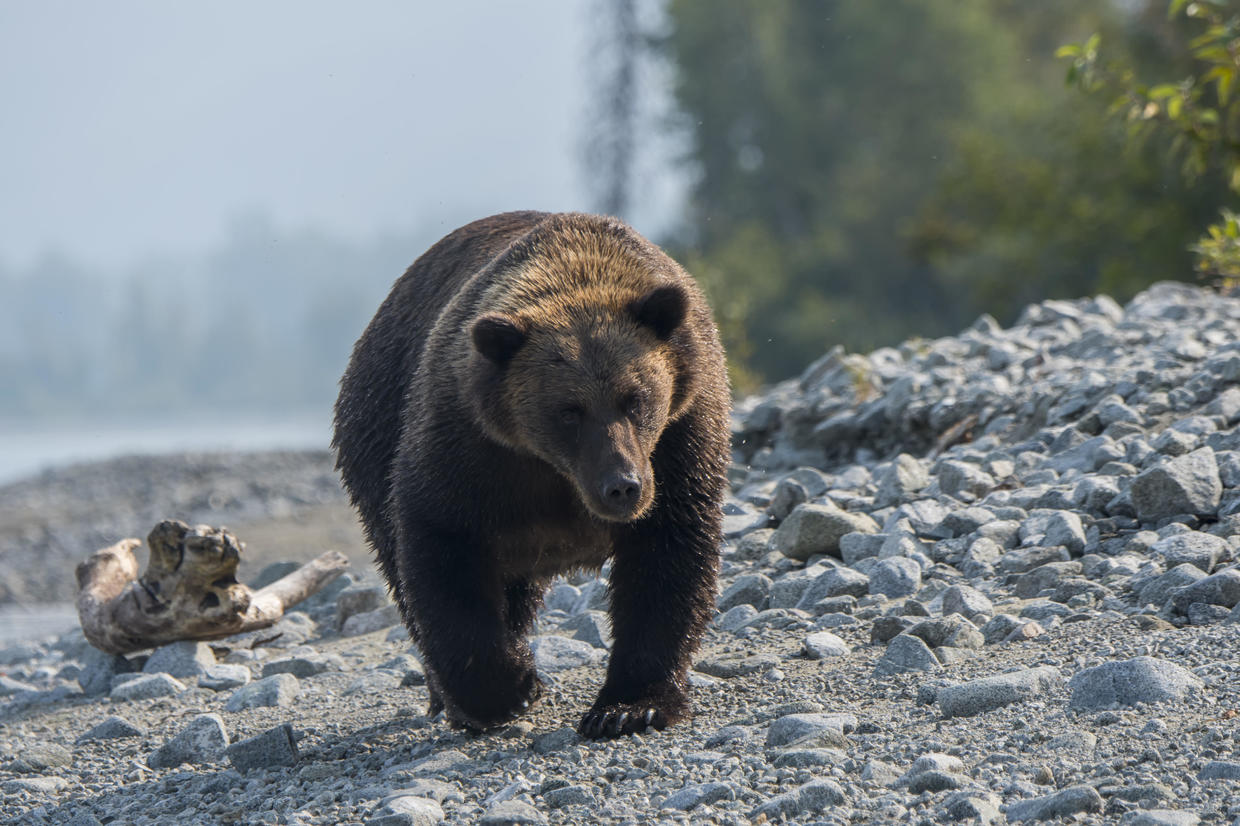

The latest news in your social feeds
Subscribe to our social media platforms to stay tuned